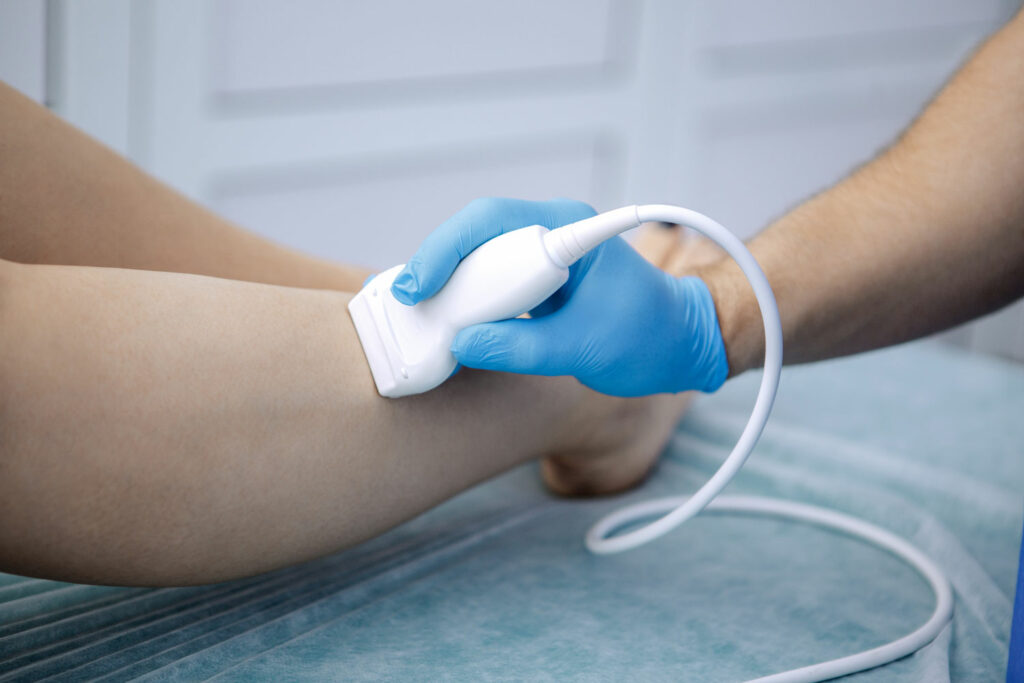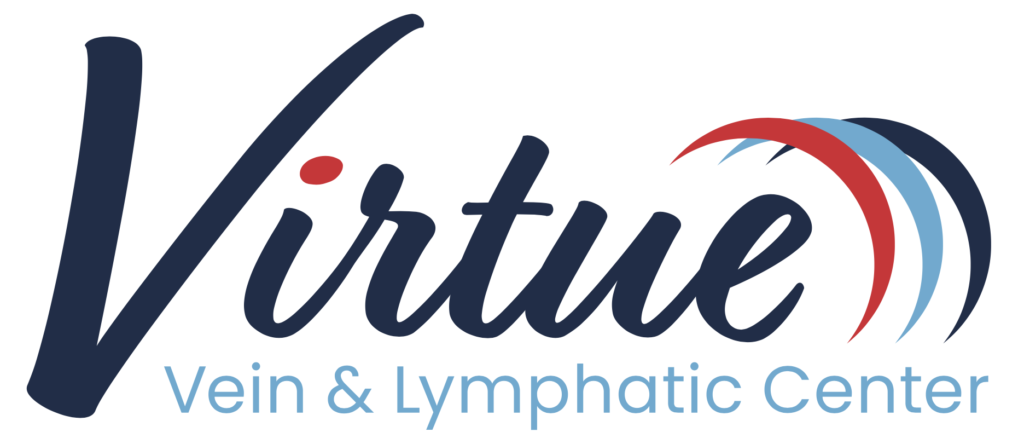Diagnostic Imaging
Advanced Vascular Imaging Technology
Angiogram
At our out-patient surgical center we inject a dye into the blood vessel leading to the affected area, and follow its path using x-ray imaging. This allows us to see narrowing, blockages, or damage. An angiogram is very useful for diagnosing narrowed or blocked arteries, and a venogram is used for diagnosing narrowed or blocked veins. It’s also a critical check for anyone facing limb amputation, as this procedure can determine if the limb can be preserved. If a blockage is found to be causing the lack of blood flow to one limb, a stent can be placed in hopes of returning that blood flow and saving the limb.
Doppler & Ultrasound
We use a combination of ultrasound and Doppler technologies to visualize veins and arteries using sound waves. This is one way to diagnose PAD, PVD, and CVI. These type of screenings are done in our St. Louis and Farmington offices.
CT Angiography
This is a CT scan specifically for blood vessels, used to visualize the arteries in the abdomen, pelvis, and legs. This is an excellent option for people who have a pacemaker or stent. We use CT Angiography to help diagnose PAD, PVD, and CVI. This type of screening can be done at any imaging center.
Magnetic Resonance Angiography (MRA)
This is MRI technology specifically for imaging blood vessels. Like an MRI, it uses magnets to create the image. We use MRA to help diagnose PAD, PVD, and CVI. This type of screening can be done at any imaging center.

We Invest in Technologies to Save Life & Limb
We will always have the latest technologies available to our patients, because the more accurately we can see issues, the better opportunity we have to resolve them.
Get Treated Sooner
Because we’re highly specialized, with seven treatment locations in the St. Louis area, we’re able to schedule your exam and treatment much sooner than other facilities. Call us at 314-956-1818 or complete this contact form to get started.
Schedule a Consultation
What To Expect
Imaging
You will change into shorts and be moved into the ultrasound room. From there, gel will be placed on your legs and you will wait 5-10 minutes before wiping off the gel. At that time, you will then change back into your clothes. After the test you will have your vitals taken, and then placed back into an exam room so the doctor can go over the results and discuss next steps.
What Happens if a Problem is Detected
Depending on the type of problem detected, an in-office procedure may be recommended, a surgical center procedure may be recommended, or new medication may be prescribed by the doctor.
Follow Up
The follow-up will be determined based on what type of procedure or medication is prescribed by the doctor.

"No More Pain"
MaryAnn R.

"I Walked 2 Miles the Next Day!"
Shirley M.

"They Listen Very Well!"
Jeff K.

"Very Knowledgable!"
Happy Patient

"My Leg is Feeling So Much Better!"
Marlene G.
Diagnostic Imaging FAQ
We accept all insurances at all of our locations excluding Anthem Pathway plans. Only at our Farmington location do we not accept Essence plans. To ensure imaging is covered we contact each insurance company to obtain a pre-certification prior to the imaging.
Angiograms and venograms can be painful, however, we administer medication to minimize the pain. You can take over-the-counter pain relievers to also help minimize pain. Further doppler ultrasounds, CT scans, and MRIs should not be painful.
The only risk would be during stent placement. Angiograms and venograms are done in a sterile environment and we make sure to apply antibiotics post-procedure to prevent any chance of infection.
In-office dopplers are performed by our sonographer, Kirk. Angiograms and venograms are performed by Dr. Krikorian. If a CT scan or MRI is ordered it will be done by the staff at the imaging center you choose to have the imaging performed.
At the imaging center of your choosing.
Yes. At our Sullivan office, our same sonographer, Kirk, performs the dopplers at Premier Health Center. Otherwise, we order them through the hospital we occupy for all of our other practices.
Yes, but IV medication is used for these procedures, so you may be a little dazed. If you have ever had an upper or lower GI scope it will be very similar.
You should expect to see your imaging results within 7 days of screening.

